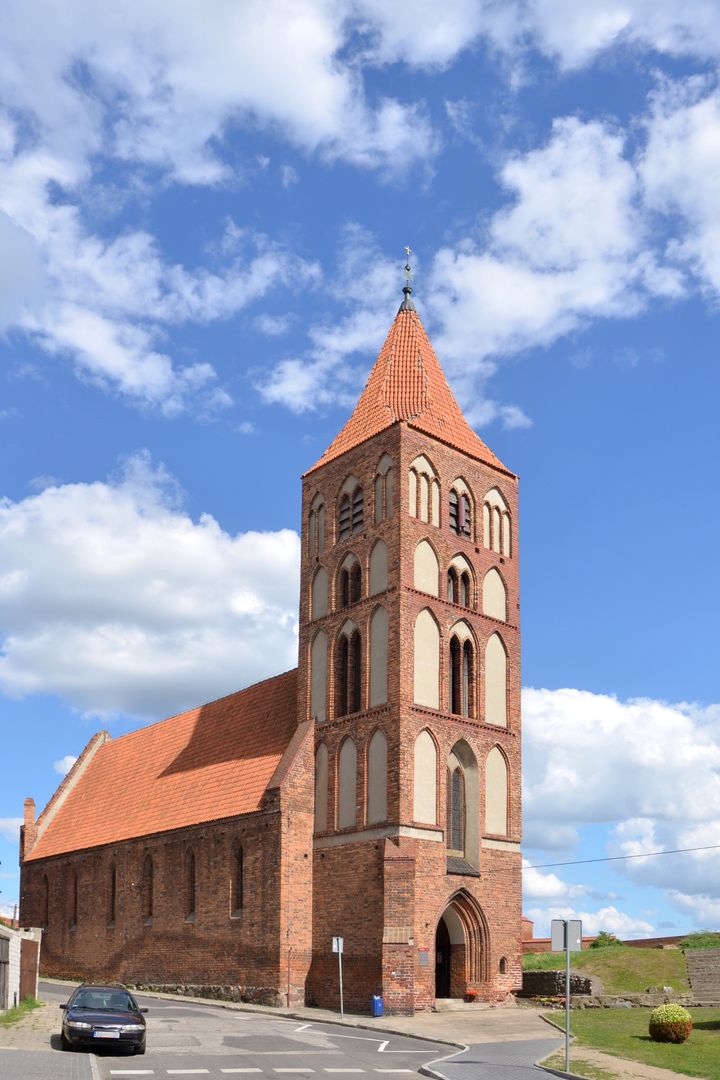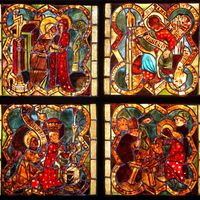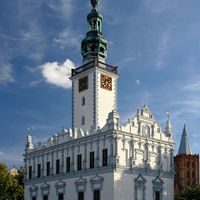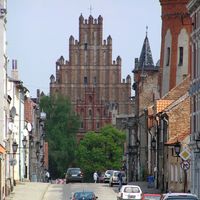Chełm
6.79

Overview
Chełmno, located in the Kuyavian-Pomeranian Voivodeship, is a city rich in history and architecture. With a population of 18,326, it lies on the Vistula River near important transportation routes. The history of Chełmno dates back to the beginnings of settlement, with the first mentions in the 11th century when the Piasts built a defensive stronghold. In 1228, Chełmno became the capital of the Chełmno Land following the arrival of the Teutonic Knights, who granted it city rights in 1232. The city flourished as it joined the Hanseatic League, which contributed to its commercial significance.
Chełmno is renowned for its preserved medieval urban layout with Gothic churches, such as the Church of the Assumption of the Blessed Virgin Mary and the former Franciscan Church of St. James. The Renaissance town hall and the city walls, with their distinctive towers, bear witness to its rich past. It is also worth mentioning the cathedral, whose origins date back to the 11th century. An interesting fact is the operation of the Chełmno Academy in the 17th century and its significance for local culture and education.
In the 20th century, the city witnessed German occupation and gained new developmental momentum after the war. Chełmno suffered during World War II but was rebuilt afterward, and its industrial potential grew once again. Today, Chełmno is valued not only for its monuments but also for its connections to figures such as Max Stirner and Heinz Guderian. Modern Chełmno combines its rich cultural heritage with an active community life, organizing various cultural and social events, making it an attractive place for both residents and tourists.
Location
2025 Wizytor | All Rights Reserved


